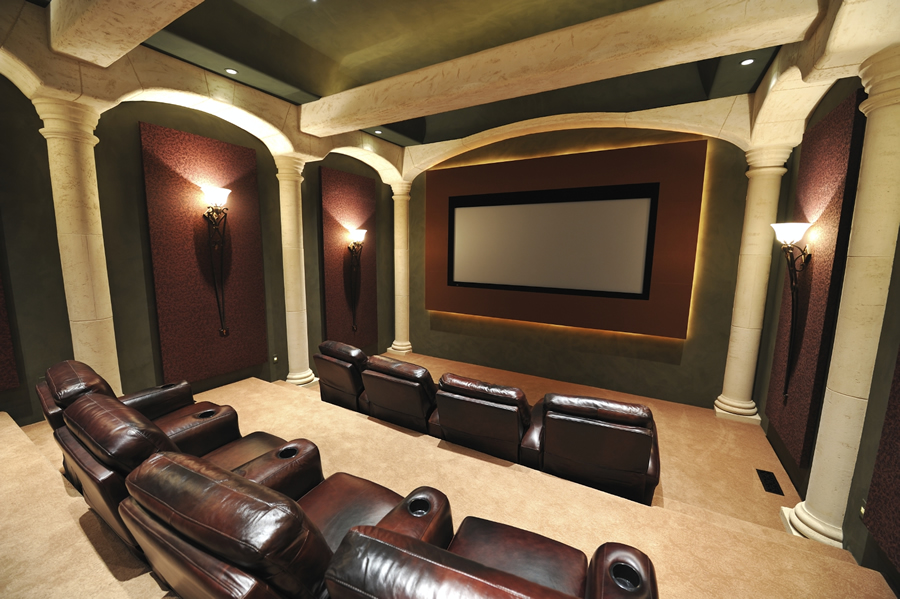
3 PRIORITIES FOR PLANNING YOUR OUTDOOR ENTERTAINMENT
Midwest AV Experts Offer Sensible Advice for Moving the Party Outside
Warm days and temperate evenings here in Minnesota and Wisconsin often put homeowners in the mood to begin planning big family gatherings, preferably outside. Lucid Integrated Systems can bring your favorite music, TV, and movies outdoors with you, transforming your backyard into this summer’s party central.
Obviously, this is a bit more complicated than merely hooking up a television and some speakers on your patio; especially if you want to control your entire outdoor experience (lighting, music, the sprinklers and the pool) directly from a handheld remote. In this blog, we offer several priorities for planning your outdoor Audio Visual entertainment. Then, when you’re ready to get started, you can just give us a call!

1. Waterproof or Weatherproof – There is a difference. Weather-resistant outdoor speakers have been available for years, while special weatherized flat screen TVs can be exposed to the elements and feature a special coating to minimize the glare from outdoor viewing. What’s key is the placement of your electronics. Are they going to be exposed directly to the elements, or will you be housing everything in a roofed cabana or enclosed patio? This is an important decision that must be made at the very beginning of your project.

2. Viewing Pleasure – In addition to the weather, you’ll want your monitor protected from dirt, moisture and insects. Whether your entertainment is covered or not, you’ll want to minimize glare by placing your display in a shaded area. If your choice is LCD vs. plasma, you’ll find that LCD is less susceptible to glare. Another option is a motorized drop-down screen. Tucked into a soffit, it will be protected from the elements and can even be programmed to rise automatically if conditions get too breezy.

3. Heard not Seen – Think in terms of coverage, not volume. Plan on your speakers firing towards the house (pleasing your guests AND your neighbors), and blend the speakers into the landscape by choosing models that resemble rocks, planters and other background objects from manufacturers such as Niles or NuTone. Plus, when you complement your outdoor speakers with in-ground subwoofers, you can utilize smaller, more inconspicuous speakers throughout and elevate the quality of the output. Remember, you want even sound coverage from a system that will be easily heard but hard to find.
We have years of experience installing audio/video components outdoors, yet offering seamless control of them from roaming handheld remotes, or even home automation touchscreens cleverly concealed to protect them from the elements. For the ultimate in backyard entertaining, let the pros at Lucid design and install an outdoor theater system, complete with large screen projection.
Outdoor networking options include basic stereo systems to full outdoor theater systems. Call 612-308-2486 or contact us by email today for more information on how you can get the outdoor audio video system of your dreams.
on Tuesday, 21 May 2013.











